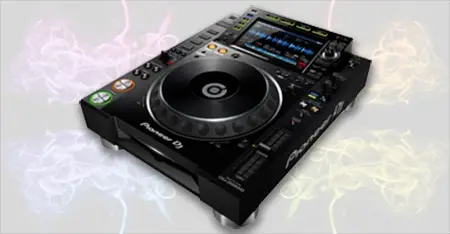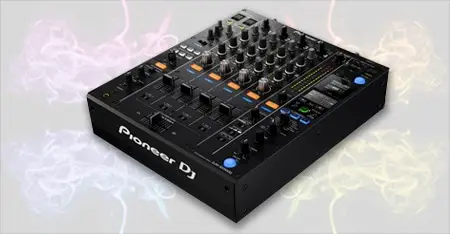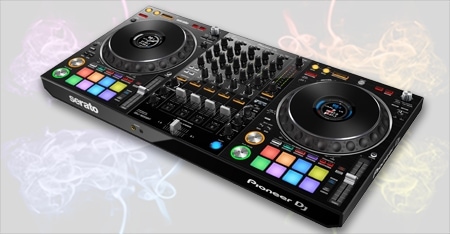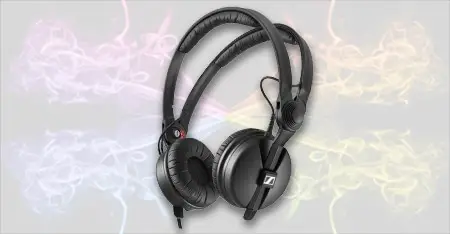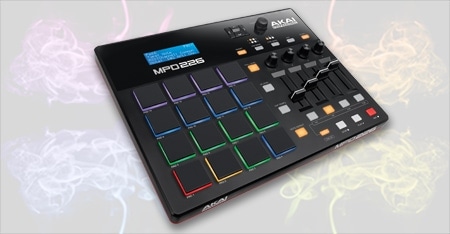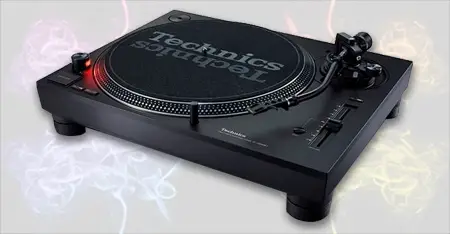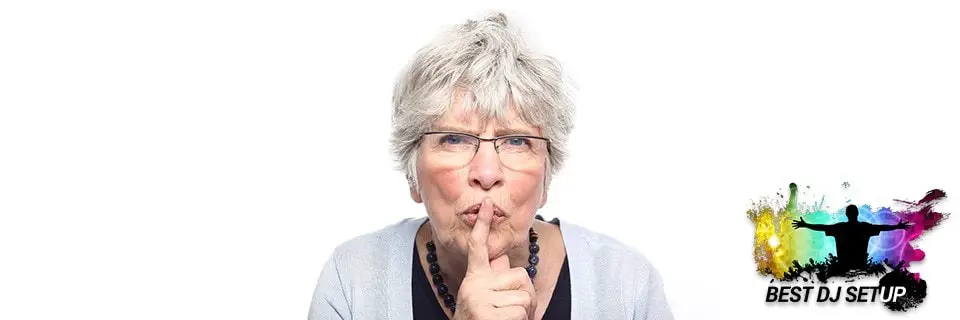
I get it, as DJs we’ve all pissed off neighbors, flatmates or partners with the constant need to practice. I know this because for a while I used to be a drummer. Trust me when I say, a drummer practicing is far worse than a DJ. Still, we’re respectful people and don’t want to piss off those around us. Which leads us to the question… how to practice DJing quietly and still build the skills needed, without the risk of getting evicted every few weeks?
There are a few different methods and tips to share. So let’s dive in.
Practice in Headphones
Contents

This is a good skill to practice even if you don’t need to know how to DJ quietly. A sad fact is that sometimes you’ll be playing on club systems where the monitors are simply terrible. Meaning the only option is to mix entirely in your headphones just to be able to hear what is going on.
To do this you’ll require a mixer that allows you to play both your master and cue both in headphones and adjust the levels of each. This is fairly standard on most mixers.
Some mixers do also have a split cue, which allows you to select and listen to different channels as you need to. Although this feature tends to be a bit rarer on mixers.
To do in-headphone mixing simply have your master playing and then slowly turn up the cue volume until you can comfortably hear both. It can be a good idea to solely play your cue side for a little while so that you know what to listen out for when you also have the master playing at the same time.
Once you have figured out how to split and adjust things so the levels are comfortable, and you can pick out everything that is going on, then it is simply a case of beat matching as normal.
Tip – Place Sounds in Physical Space

For my style of mixing, I like to picture where a particular sound is in physical space. For example, one drum beat may sound like it’s coming at me from the left corner of the room. The other drumbeat will always sound like it’s coming from somewhere else, like from the right heading in the opposite direction across the room.
Then as I adjust speed, and the beats start to sync then they always meet directly in front of me. This works for me whether I’m using monitors, or mixing entirely in headphones.
Decent Headphones Help
To do in-headphone mixing you will need fairly good quality headphones. You don’t want the sound to be muddied in any way and need to be able to hear all frequencies clearly. Therefore, it is worth investing in some good quality headphones to do this, they should also be comfortable if you are going to be practicing for hours on end.
(for our recommendation of the best DJ headphones head here).
Recording Is Your Audience

Obviously, when mixing in headphones you are constantly flicking back and forth between the master and cue. This means you don’t get a true sense of what an audience would be hearing through the speakers.
Therefore, it can be a good idea to record all of your mixes so that you can go back and critique them. You’ll be able to pick out what worked and what didn’t.
This method alone will help improve your mixing. Not least because you’ll be able to listen to the mixes while out and about. Thereby actually improving your DJing without being anywhere near a set of decks.
If you are looking to buy a set of decks, check out our recommended ones here.
Tip – Watch Your Volume
You only get one set of ears so be mindful of the volume you are pushing through your headphones.
As DJs, we are used to playing things LOUD so it can be easy to carry this over when mixing in headphones. However, just be careful as you don’t want to blow your eardrums and write off your DJ career before it is even started.
DJing Quietly Can Actually Improve Your Skills
When you practice DJing quietly, either through speakers or through headphones, you are effectively training your ears. Over time they will become much more in tune with the different EQs and frequencies of tracks.
Over time you learn to pick out more subtle details and can hone in on the most important elements of a track. Which becomes useful even when playing out loud.
This is because your ears will have become accustomed to filtering out the unnecessary elements of a track when it comes to your mixing style.
So don’t see DJing quietly a necessary annoyance… Instead, see it as an essential part of your DJ training.
Love DJ gear?
So do we, check out our favorites…
Mixing Out Loud…But Quietly…
Even if you live in an apartment, or have flatmates, and have to be mindful of noise, it is still possible to practice out loud. There are just a few things you have to do to minimize the chance of any complaints.
Keep Speakers Away from Walls
Audio drops off very quickly as it moves away from the audio source. Just imagine someone talking quietly. In that, you’re able to hear exactly what they’re saying when next to them. But move just a couple of feet away and you’ll barely be able to understand a word.
The same goes for when DJing. If you make sure your speakers are well away from any wall then the audio will drop off fast. Helping to minimize the risk of the sound traveling through to any complaint prone neighbors.
Minimize Bass Vibrations

The part of the sound that travels most when it comes to any form of music or audio in general, is the bass frequencies. That is because they send out vibrations that cause objects to vibrate as well. Even if it is not noticeable to human touch your ear will still detect the throb.
Therefore, by placing your speakers on silicon or foam bases, you will deaden the vibrations at the source.
Meaning, it doesn’t travel as much through any objects or surrounding walls.
Speaker bases are available from Amazon relatively cheap.
Get Up Close & Personal
The norm with DJing is to place your speakers away from you and have the music blasting. Instead set up your speakers or monitors directly adjacent to your decks, thereby placing you in the immediate field of audio.
This means you can turn the volume down considerably while still being able to hear quite clearly what is going on and mix comfortably.
Turn the Bass Down
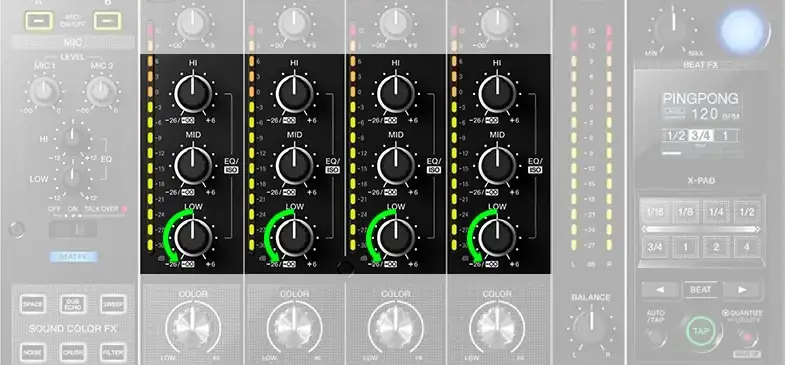
As mentioned above, bass frequencies are the most intrusive of all audio. So one way you can quickly minimize any potential annoyance is to simply get on your EQ knobs and turn the bass down low.
This again reduces any potential vibrations being sent out while also further helping to train your ears to pick out other frequencies.
This which comes in handy when you are playing loud over speakers that perhaps don’t have sufficient bass boosting i.e. a shit or tinny sound system
Have Multiple Speaker Setups
One excellent tip that I saw someone share in a forum is that they have two sets of speakers.
One set is loud and bass-heavy, which mimics a club environment. While the others are smaller, tinny speakers that allow them to practice without disturbing anyone outside of the room.
To save plugging cables in and out every evening, you can simply use an audio switcher. This is just a simple switch that you can turn to use the alternative speakers.
How to Practice DJing Quietly? Get a SUBPAC!
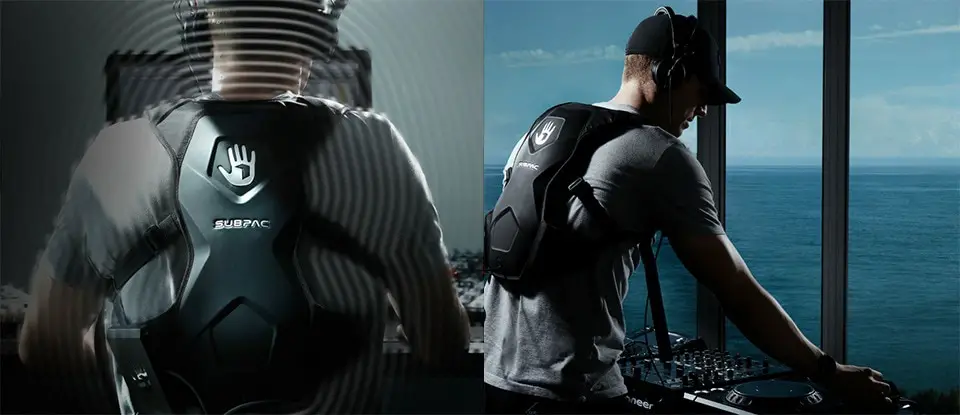
This is quite possibly my best tip for practicing DJing quietly while still being able to feel (literally) the full weight of the bass.
SUBPACs are a special type of backpack that receives a signal from the mixer and translates the bass directly into vibrations that you feel in your body. When used in a club this adds a whole new level to feeling the music.
This has huge benefits in a home environment. A SUBPAC allows you to have the bass frequencies on full while those, even in the same room, wouldn’t be able to hear or feel a thing.
This is because the frequencies and bass only exist in the SUBPAC and are passed directly through to your body.
SUBPACs are not cheap but are a serious consideration for any fan of bass-heavy music. They not only provide an amazing way to practice DJing quietly but are also an amazing new way to experience music in general.
You actually may have experienced this theory in other ways.
For example, certain clubs around the world have kinetic dance floors. These are essentially suspended dance floors that have subwoofers placed underneath. And the theory is the same.
Bass vibrations pass into the dance floor and up into your body through your feet. This is the effect that SUBPACk mimics, just in a much more portable way.
Extra Tips
Make Time To Practice Out Loud
While I mentioned that headphone mixing is an amazing skill to master in itself, also do be sure to spend time practicing out loud. Just allot some daytime practice hours or rent a storage space and set up there for example.
This is because mixing out loud is an essential and slightly separate skill to headphone mixing. So you want to be able to do both.
Be Friendly…you Never Know Who You Might Live Next Door To
One of the best tips to minimize the risk of complaints or having any trouble with neighbors is to be proactive and tell them you’re a DJ.
Then go a step further and exchange phone numbers and ask them to text you if you are ever being too loud. This allows you to get that essential out-loud practice.
Then just be sure to always respect their wishes and do turn it down when asked. This way you will build trust and find that you can practice much more often than you might think.
You can also offer to have a cutoff time i.e. promising never to mix (out loud) beyond 9 or 10 pm. This will mean your neighbor is less likely to complain/text you as they know exactly when the music will be turned off.
Another benefit of introducing yourself to your neighbors is because you never quite know their situation.
For example, when I lived in a house with another DJ and a musician, my flatmate knocked on the neighbor’s door and exchanged numbers. To which the neighbor responded, “This is good because my husband & I are quite deaf so please let us know if the TV is ever too loud.”
It goes without saying that we never once received a single complaint, or text, from them
They did once ask if we could hear a “strange, dull throb” which we knew to be coming from my producer flatmate’s sub. We toned it down and it was never mentioned again.
Conclusion How to practice DJing Quietly
There is simply no need to piss off your flatmates/neighbors and risk living in a potentially hostile environment. By implementing these simple tips and tricks, you can still build up your DJ skills every day and for hours on end with no issues.
All it takes is a bit of thought and courtesy. And you never know, you might actually end up making some new friends when exchanging numbers. In that, it’s not unheard of for a neighbor to text and ask what tracks are playing so they can add it to their collection…
Takeaways
To practice DJing quietly:
- Learn to mix in headphones.
- Move your speakers away from walls.
- Turn down the bass to prevent the vibration from traveling.
- Further deaden vibration by placing your speakers on foam or silicone pads.
- If you are a bass junkie, then invest in a SUBPAC (trust me, you won’t regret it).
- Always exchange numbers with your neighbors, so they come to you with complaints before the authorities.
If you have any other ideas about how to DJ quietly then pop them in the comments and I will happily update the article.

